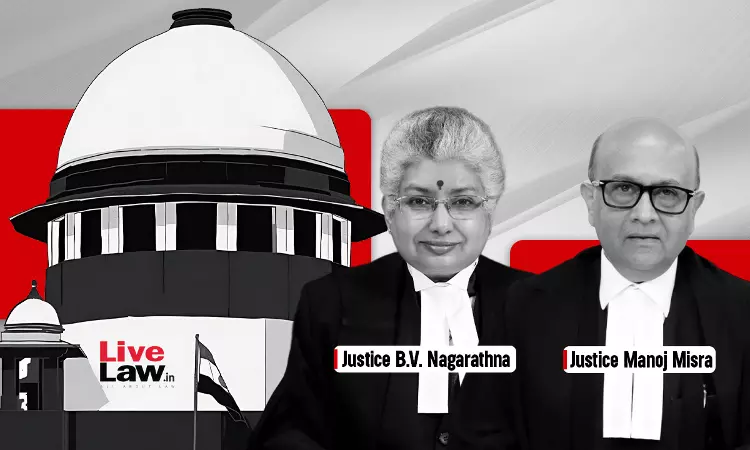Supreme Court Upholds Acquittal Of Three Policemen In 36 Year Old Murder Case; Dismisses CBI's Appeal
Udit Singh
20 July 2023 10:36 AM IST

Next Story
20 July 2023 10:36 AM IST
The Supreme Court on Monday upheld a judgment of the Uttarakhand High Court which dismissed an application filed by the CBI seeking leave to appeal under section 378 (3) of CrPC against order passed by the trial court acquitting three policemen who were charged of murder while patrolling, on the ground that the circumstances found do not constitute a complete chain as to indicate that in...
